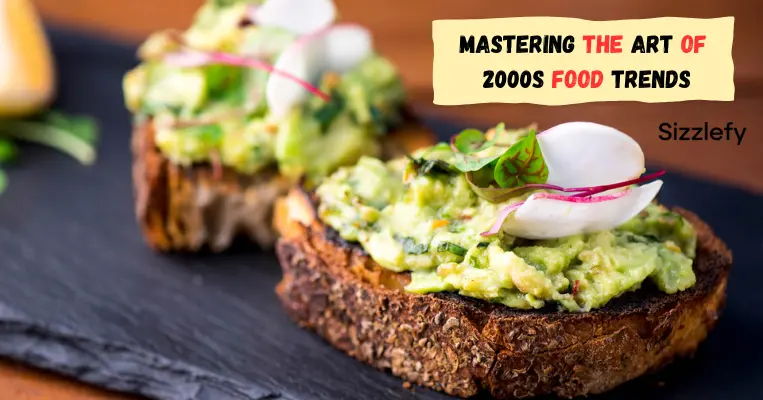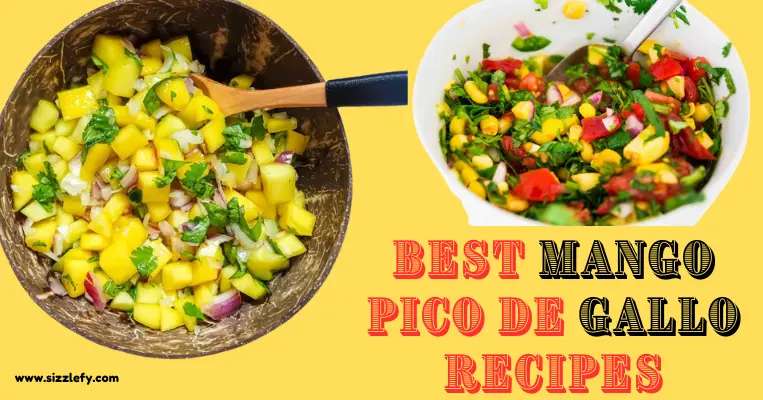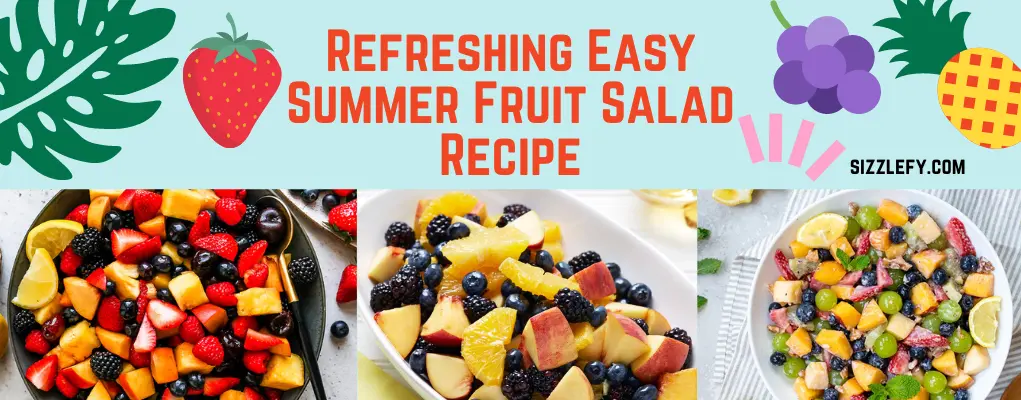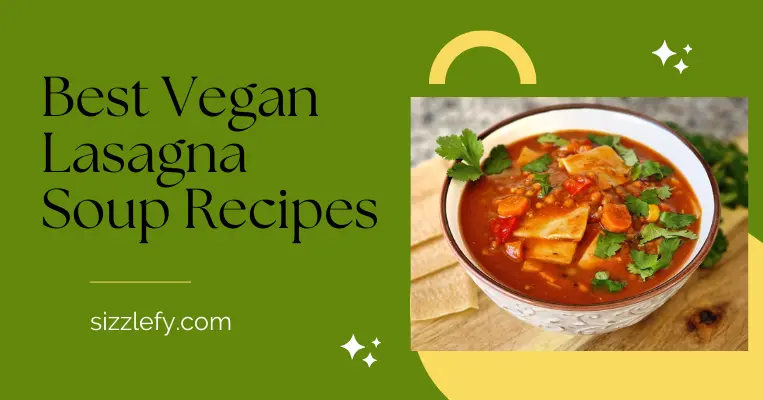
The 2000s food trends experienced a major change in food trends caused by the growth of the web, internationalization, and growing consumer understanding of both health and sustainability. It was wonderful to be both innovative and luxurious during that time. Comfort food the Renaissance existed with new, more nutritious alternatives. Many of these trends not only represented the shifts that were happening at the time, but they also laid the groundwork for contemporary eating patterns. In this blog, we will explore the foods, habits, and technologies that shaped the decade of 2000 in great length and look at the most notable culinary developments.
Must Try Nine 2000s Food Trends
1. The Super Food Revolution
The 2000s food trends observed a rise in acceptance of "super foods" as one of the main culinary trends. Due to the numerous health advantages they provide, these nutrient-dense, sometimes exotic or rare foods become staples in diets for those who value their health.
Acai bowls mixed the small purple berries from the Amazon forest with additional fruits and top to create a nutritious breakfast, which is why acai increased to fame in the wellness food business.
Numerous individuals still include these "super foods" into their regular meals, illustrating the enduring impact that these meals on the contemporary nutritious food fads culture.
2. The Comeback of Comfort Food

A very current cuisine trend that developed popular in the 2000s was individuals eating comforting, nostalgic meals to help people get over hard times.
Classic dishes including mac & cheese, meat loaf, pot roast, or mashed potatoes have received a gourmet turn, typically employing modern cooking methods or homemade goods. Restaurant chefs started to add luxury items to such basic dishes, such as matured milk and cheese, truffle oil, and lobster, as a result, a whole new genre of delicious but elegant comfort food was born.
Fast food trends companies also embraced this trend, opening restaurants with heartier, indulgent menu offerings. This decade was all about comfort food, whether it was from Burger King's Whopper or McDonald's expanding its menu to include larger amounts and more creative burgers.
3. The Development of Fusion and Ethnic Cuisines
Customers became more creative and wanted genuine flavours from different cultures, such as those found in Middle Eastern, Thai, Japanese, and Indian food.
Sushi grew growing in popularity in the 2000s, and Japanese cuisine overall became more widely recognized in the United States. Sushi restaurants began to open up in towns across the globe, and stores started carrying already prepared sushi for easy use. Pad Thai, a traditional Thai dish, grew becoming increasingly famous and appeared on menus in both informal and expensive eateries.
During this period, chefs began to combine elements of other culinary traditions in order to produce something is known as "fusion cuisine." Tacos and Korean BBQ, sushi tortillas, and ramen hamburgers represent a few of the dishes that emerged from the combination of flavours and techniques. Fusion food developed to represent the creativity of cuisine throughout this decade.
4. The Atkins and Low-Carb Diet Movement
The low-carb movement, promoted by the Atkins Diet, was one of the decade's most popular culinary trends all through the 2000s, an era where food culture was nothing new. This went viral trend was embraced by millions of individuals that attempted to lose weight by taking out carbs and boosting their consumption of high-fat, high-protein foods.
Practitioners of the Atkins Diet were advised to put nutritious meals like meat, cheese, eggs, and leafy greens over bread, pasta, and other high-carbohydrate goods. As a result, low-carb items including customized breads, pasta options, and diet-oriented snacks were easier to find.
Fast food trends businesses and restaurants also got on the low-carb bandwagon and started offering low-carb menu options. Some began serving "lettuce wraps" in place of standard hamburger buns, and even pizza places began to sell low-carb crusts. Even though the low-carb craze eventually fizzled out, it left a lasting impact on the food market since items that are carb aware are still staples in stores today.
5. Local and Organic Food Movement

The rise of the ethical and regional food movement in the 2000s food trends marked an important change in buying habits. A broader spectrum of individuals started asking concerns about the future viability of the techniques, sources, and production of what they ate. The demand for openness and excellence of food was one of the biggest culinary developments of the 2000s.
Markets for farmers grew in prominence all through the span of the decade as a way of offering consumers fresh produce and artisanal items that they believed were fresher as well as beneficial to the environment. By obtaining food from nearby farmers, "farm-to-table" eateries gained popular by stressing seasonal meals while promoting area agriculture.
6. Fast-casual Eateries Are Redefining Dining
The quick relaxed bistro model acquired significant acknowledgment during the 2000s and is one of the essential eating patterns that keep on affecting the food area today. These restaurants gave a pleasant split the difference between the quickness and cost of inexpensive food fads and the quality and climate of easy-going feasting. Restaurant chains which gained popular and impacted the dine-out market included Five Guys, Panera Bread, Pizza Hut, and Chipotle.
With a focus on homemade food and information on its sourcing procedures, Chipotle in particular came to epitomize the fast-casual trend. "Build-your-own" meals concepts grew popular as they allow consumers to select what to eat more freely. The growing need for more customized, healthier meals sans the time investment of eating out was met by this idea.
To furnish clients with speedy feasts without compromising quality, quick relaxed eateries are taking on the pattern of offering better other options, for example, chemical free meat items, bread that has been newly heated, and grain bowls and mixed greens.
7. Celebrity Chefs And Reality Tv
They also improved the popularity and availability of cooking for people at home, in besides introducing audiences to new dishes and methods of cooking. As a result, one of the biggest food movements of the twenty-first century was the rising popularity of luxury cooking at home. People experimented with more complex recipes, frequently motivated by the things they saw on television.
Cookbooks authored by famous chefs became best-sellers, while stand mixer and upscale cookware sales skyrocketed. Television cooking programs still have a big influence on culture today, and platforms like YouTube as well as Instagram are helping home cooks and chefs become more of culinary influencers.
8. Molecular Cooking and Cutting-Edge Cuisine

For individuals with more daring tastes, molecular gastronomy—an avant-garde cooking trend that employed scientific methods to create unique dishes—rose in the 2000s. This trend began by chefs like Heston Ford of The Fat Duck and Ferran Adrià of El Bulli, who used techniques like spherical, foams, and nitrogen gas to transform dining into an experiment in science.
While molecular gastronomy was a niche events that was frequently out of the reach of the average diner, it had an important effect on the fine restaurant sector. Pushing the limits of what nourishment can be is still alive and well in modern cuisine, and many of the methods that were created during this time have made their way into menus of mainstream eateries.
9. Infatuation with Cupcakes
The 2000s meals craze added a further indulgent component: an obsession with cakes. A significant amount of the appeal of television programs like Sex and the City, which highlighted the famous Magnolia Bakery in New York City, may be attributed to the popularity of cupcake. Every city started to see an increase of cupcake shops offering luxury versions with distinctive tastes and intricate designs.
Cupcakes are now a symbol of extravagance and creativity instead of just a simple dessert for kid’s birthday parties. When varieties like salted caramel, red velvet, and exotic fruit-infused cakes were introduced, bakeries elevated a straightforward treat into an aesthetic statement. The cookbooks and TV series with cupcake themes contributed to the frenzy surrounding cupcakes, making them one of the decade's most recognizable culinary trends.
Conclusion
Extravagant and good dieting propensities went along during the 2000s food trends, mirroring the cultural and social changes of that period. The ascent of super food sources, the low-carb pattern, resurgence of solace food sources, and the developing allure of local cooking styles all played significant parts in the difference in the food fads business throughout the 2000s. These improvements meaningfully affect the culinary scene of today, since people keep on looking for choices that are both scrumptious and solid, frequently attempting to strike a balance between the two. Whether it is through super food tries or partaking in a connoisseur take on an exemplary dish, the 2000s keep on impacting food culture today.
FAQ’s: 2000s Food Trends
Why do people like food trends?
Consumers have the last say on the direction of food trends. What's trendy and not comes from a combination of changing taste buds, health-conscious judgments, and shifting demographics. The needs of its patrons, which dictate the direction of the culinary industry, are closely monitored by restaurants and food brands.
What is the lifespan of culinary trends?
In the past, trends went through the Menu Adoption Cycle in about 12 years. But that horizon has shrunk considerably in the last several years, and we estimate that the cycle time will be cut in half, to six years. Now more than ever, velocity counts.
What defines a trend in food?
A vast variety of elements, including as ingredients, flavours, cooking methods, eating customs, and nutritional considerations, can be included in these trends. Certain trends turn out to be durable.
.






.webp)
